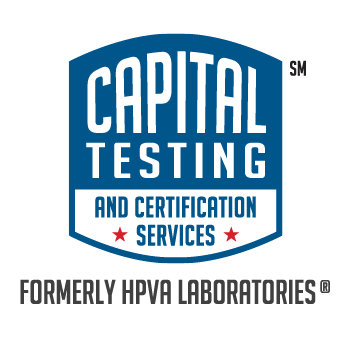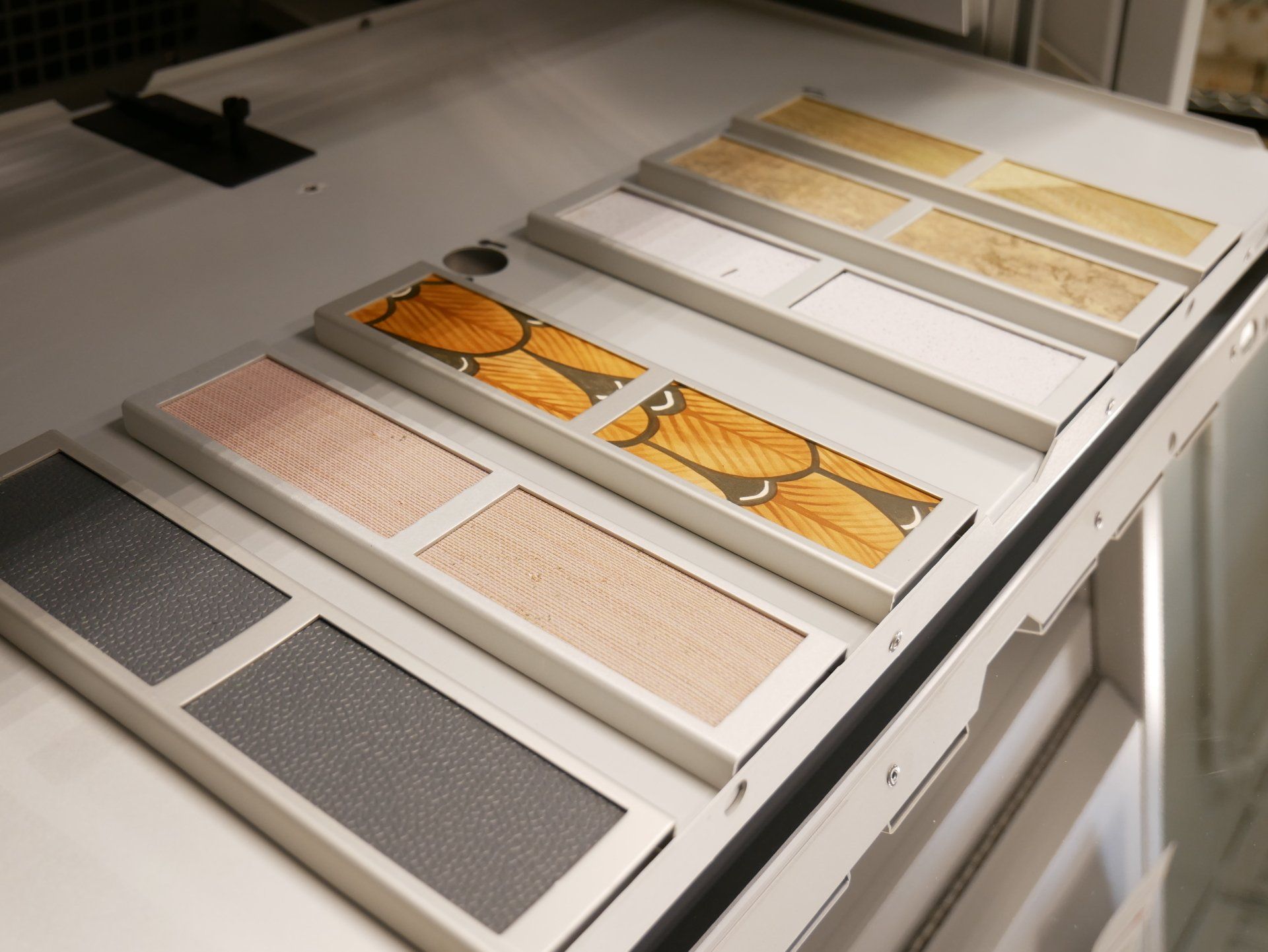ASTM F1515
Xenon Arc test for resilient flooring
ASTM F1515 Xenon Arc Test for Resilient Flooring
Method for Measuring Light Stability of Resilient Flooring by Color Change
Which materials should to be tested in accordance with ASTM F1515?
How is ASTM F1515 testing performed?
Initial color measurements (L*, a*, and b*) are taken on each flooring specimen using a handheld spectrophotometer with the following settings:
- A minimum 0.25” diameter opening/aperture
- Cool White Flourescent (CWF) or Daylight (D-65) light source
- Color measured in CIE L*, a*, and b* using CIE 10° Standard Observer and specular included
The color measurement locations are carefully marked so that future color measurements can be made at the same exact location. Specimens are then placed in a Xenon Arc chamber programmed at the following settings:
- Continuous light-on mode
- No water spray
- Irradiance = 0.30W/m2 at 340nm
- Black Panel Temperature = 145°F +/- 4°F (63°C +/- 2°C)
- Relative humidity = 50 +/- 10%
- "Window" glass filters
Specimens are exposed to the above conditions for 400 hours and are removed at each 100-hour interval to take color measurements. Specimens are removed after 400 hours and allowed to recondition at 73°F for a minimum of 1 hour before taking final measurements.
What data will be included in an ASTM F1515 report?
- L*, a*, b*, and color change (∆E*) values for each specimen at each 100-hr interval
- Average ∆E* value after 400 hours for all specimens
- Xenon arc chamber settings and hours of exposure
- Spectrophotometer specifications (aperture size, light source, illuminant/observant, etc.)
Interpreting ASTM F1515 Results
Several ASTM standard specifications for resilient and vinyl flooring products require a certain level of performance in ASTM F1515. The most common requirement is the product must exhibit a ΔE of ≤ 8 after 300 hours of exposure.
The following ASTM standard specifications include this requirement:
ASTM F1303 – Standard Specification for Sheet Vinyl Floor Covering with Backing
ASTM F1700 – Standard Specification for Solid Vinyl Floor Tile
ASTM F1861 – Standard Specification for Resilient Wall Base*
ASTM F1913 – Standard Specification for Vinyl Sheet Floor Covering Without Backing
ASTM F2034 – Standard Specification for Sheet Linoleum Floor Covering*
ASTM F2195 – Standard Specification for Linoleum Floor Tile*
ASTM F2982 – Standard Specification for Polyester Composition Floor Tile
ASTM F3009 – Standard Specification for Polyolefin Composition Floor Tile
ASTM F3261 – Standard Specification for Resilient Flooring in Modular Format with Rigid Polymeric Core
*These specifications require ΔE ≤ 8 after 200 hours of exposure
ASTM F1515 Test Specimen Preparation
Specimen should be flat and of uniform thickness. 2” x 4” or 3” x 6” specimens are recommended, but custom-sized specimens can be accommodated.
Is Capital Testing an accredited ASTM F1515 laboratory?
Capital Testing and Certification Services is ISO/IEC 17025-accredited to conduct ASTM F1515 testing. Click here for Capital Testing’s full ISO/IEC 17025 scope of accreditation.



